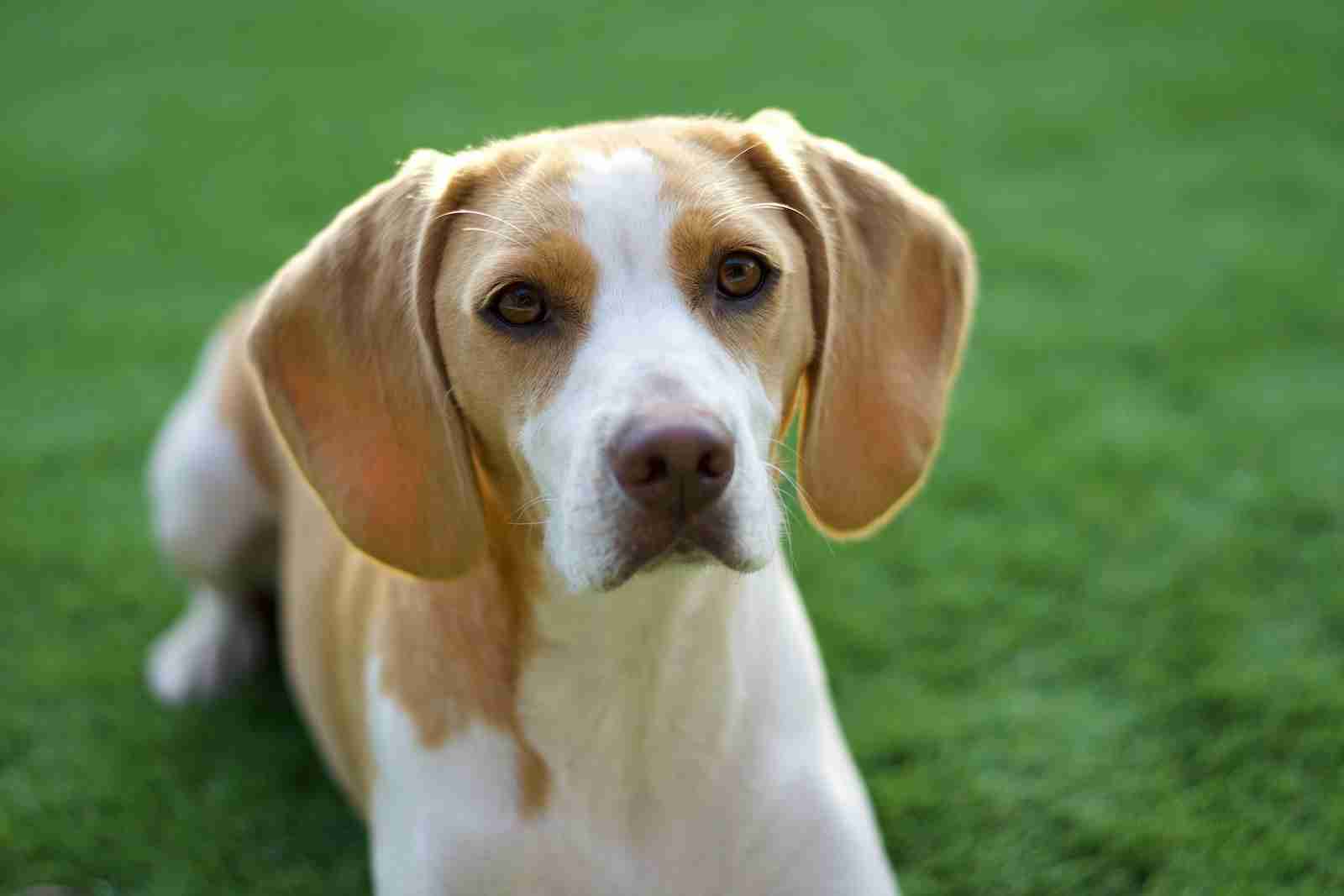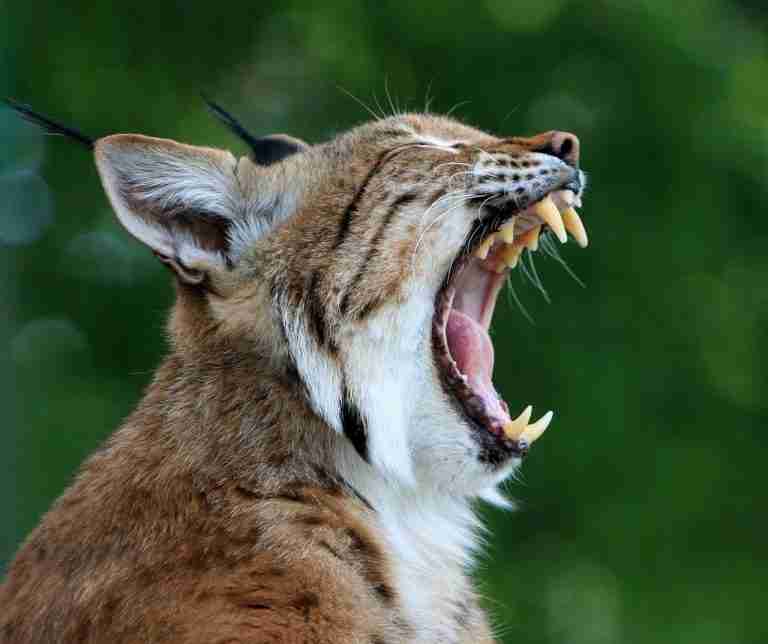23 Fun Facts About Beagles | Canine Companions
1. Beagles were originally bred for hunting hares and rabbits in England.
Beagles, a British breed with origins dating back to Celtic times, were initially bred for hunting hares and rabbits. Originally pack hunters, Beagles contributed to creating the Foxhound, blending their keen instincts with impressive stamina.
Known for their exceptional sense of smell and tracking abilities, they excel in hunting and are widely used as detection dogs for agricultural and food quarantine worldwide.
2. Beagles have been to space, with two orbiting the Earth in 1959.
In 1959, two Beagles, named Belka and Strelka, made history by becoming the first dogs to orbit the Earth, a milestone in the space race between the US and the Soviet Union.
These Beagles, part of the Soviet space program, were accompanied by a rabbit in their groundbreaking mission, showcasing Russia’s experiments with animals in space during the intense competition of the 20th century.
3. Snoopy from the comic strip ‘Peanuts’ is a Beagle.
Snoopy, the beloved Beagle from Charles M. Schulz’s ‘Peanuts’ comic strip, is a pop culture icon. Created in 1950, Snoopy reflects the breed’s playful and imaginative traits.
Inspired by Schulz’s childhood pet, Snoopy has graced TV specials, and movies, and even became a mascot for NASA. His enduring appeal has significantly boosted the Beagle’s popularity worldwide.
4. Beagles’ long, floppy ears help concentrate scents towards their noses.
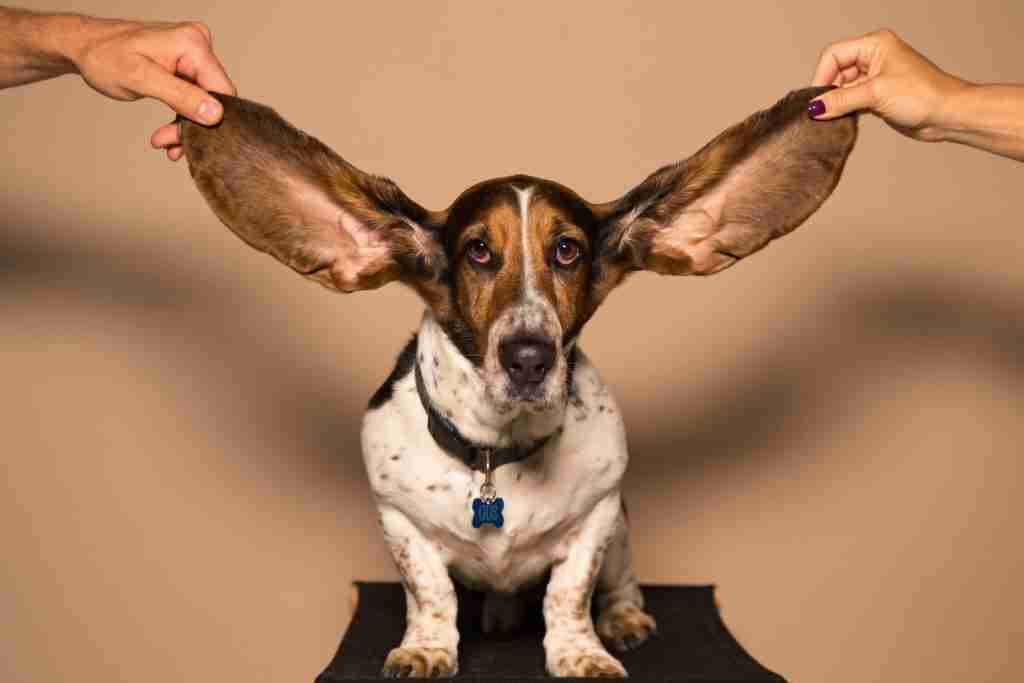
Beagles’ unique anatomy enhances their scent-tracking abilities. Their long, floppy ears, reaching the tip of their noses, play a vital role by capturing scent particles and funneling them towards their nose.
Coupled with short legs that keep them close to the ground, Beagles excel in following scent trails. With around 220 million scent receptors, their smelling capability far surpasses that of humans.
5. ‘Beagle’ comes from the Old French word ‘beugler,’ meaning ‘to bellow.’
The name ‘Beagle‘ possibly originates from several words reflecting its traits. Some suggest it’s from the Old French ‘beugler,’ meaning ‘to bellow,’ highlighting their vocal nature.
Others believe it’s from ‘begueule,’ translating to ‘open throat’ or ‘gaped throat,’ fitting for one of the most vocal dog breeds. Another theory points to the Gaelic ‘beag,’ meaning ‘small,’ aligning with the Beagle’s size.
6. Beagles are commonly used in labs for animal testing due to their trusting nature.
Beagles, known for their trusting and docile nature, are commonly used in laboratory animal testing. Their small size and submissive behavior make them easy to manage, often leading to their use in toxicology studies.
Despite the discomfort and pain they may endure, Beagles maintain a high level of trust in humans, making them a preferred breed for such tests worldwide.
7. The now-extinct ‘Pocket Beagle’ was bred to fit into hunters’ pockets.
The ‘Pocket Beagle,’ now extinct, was a miniature breed, standing just 8-9 inches tall. Favored by royalty like King Henry VII and Queen Elizabeth I, who called them her “Singing Beagles,” they were small enough to fit into hunters’ pockets.
Despite their popularity, Pocket Beagles disappeared in the 1800s, largely due to health issues linked to their small size.
8. Known for their good nature, Beagles are great family pets.
Beagles, known for their good nature, are excellent family pets. Bred as pack animals, they generally get along with other dogs and, if introduced early, can coexist with cats.
While their strong hunting instincts might pose challenges with smaller pets, Beagles are typically tolerant and integrate well into family life when socialized from a young age. Their friendly, gentle demeanor and playful spirit make them beloved household companions.
9. Beagle tails typically have a white tip for visibility in thick undergrowth.
Beagles typically have white-tipped tails, a trait bred for visibility during hunts. This distinctive feature makes them easier to spot in thick undergrowth, especially when their noses are down, tracking scents.
Originally a hunting aid, the white tip now serves as a hallmark of the purebred Beagle, adding to their aesthetic appeal even as they transition from hunting companions to beloved pets.
10. Beagles have ancient origins dating back to Roman times.
Beagle puppies boast an ancient lineage dating back to Roman times. Greek documents from 400 B.C. describe small hound dogs, likely early ancestors of the Beagle. The breed further evolved in England, where Romans introduced rabbit-hunting dogs.
These were possibly bred with local hounds, shaping the modern Beagle. The term “Beagle” emerged in Medieval England, reflecting their use in hunting small game and their vocal nature.
11. Beagles are prone to anal gland issues due to their diet.
Beagles’ tendency to eat almost anything can lead to soft stools and weight gain, increasing the risk of anal gland issues. These glands, located near the anus, can develop impactions, infections, abscesses, and even tumors.
Regular professional care and managing the Beagle’s diet, weight, and exercise can help prevent these problems. In severe cases, anal gland removal might be necessary.
12. Beabull is a mix between a Bulldog and a Beagle.
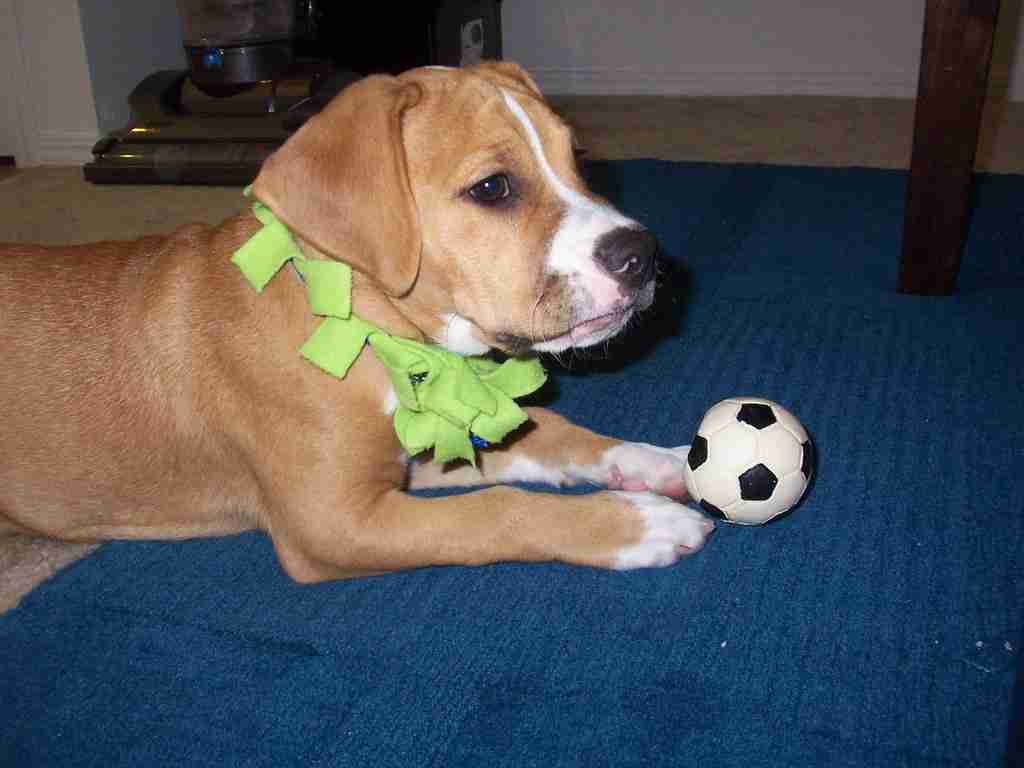
The Beabull is a mixed breed, a charming blend of Beagle and Bulldog. These dogs are known for inheriting some of the best traits from both parents, resulting in a loyal, curious, and loving companion.
Each Beabull is unique, with varied temperaments and appearances influenced by their specific mix of parental genes. Their growing popularity stems from their delightful nature and attractive looks.
13. Beagles are low-shedding dogs.
Beagles are low-shedding dogs with short, smooth coats that require minimal maintenance. While they shed modestly throughout the year, shedding increases during seasonal changes, particularly when transitioning from cool to warmer climates, and during spring and fall.
Regular brushing, ideally weekly, helps manage their shedding and keeps their dense coat in good condition. Their tri-color fur can be quite noticeable against various clothing and materials.
14. Beagles are known to eat poop, a common but unpleasant habit.
Beagles, like many dogs, tend to eat their poop, a behavior known as coprophagia. This habit can stem from various reasons like boredom, stress, nutritional deficiencies, or simply because they find the taste and texture appealing.
While it’s a common behavior in dogs and not typically a health hazard, managing it can be challenging due to Beagles’ natural inclination towards this unpleasant habit. Regular deworming is essential for their health.
15. Beagle puppies are born with pure white coats that later develop color.
Beagle puppies are born with predominantly white coats, which gradually change color as they mature. This transformation reveals their distinctive tri-color or bi-color patterns, a mix of black, brown, and white.
Throughout their lives, Beagles continue to experience color changes, with some older dogs losing much of their black fur. Their final coat color results from a combination of genetic traits from both parent dogs.
16. The trick to dealing with Beagles is to give them plenty of exercise.
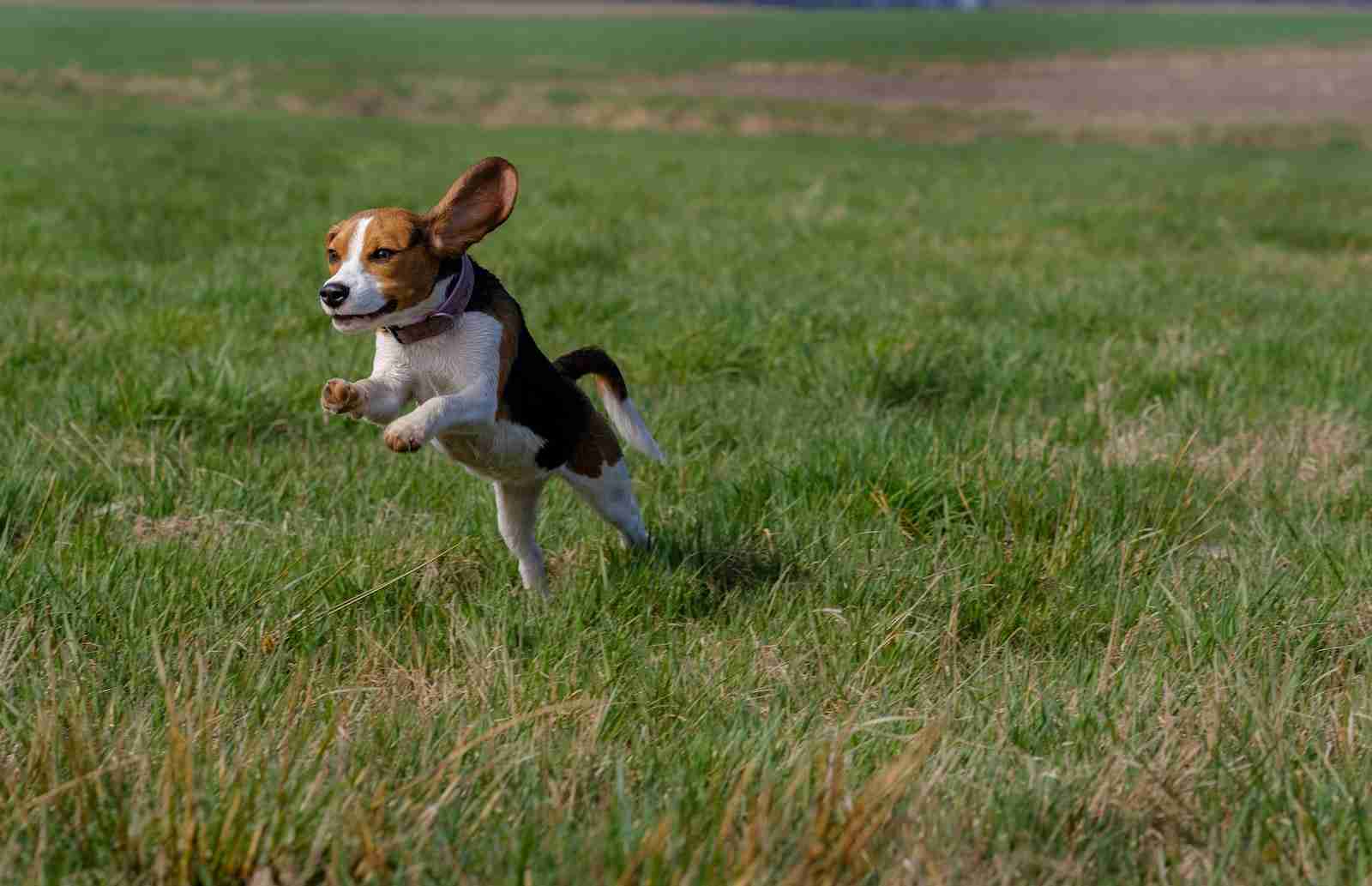
Managing Beagles effectively involves providing them with ample exercise. Regular walks, jogs, and playtime like fetch are essential to keep them healthy and prevent destructive behaviors.
A minimum of 30 minutes of brisk activity daily helps maintain their fitness and curbs excess energy. Regular exercise also supports their overall health, warding off common issues like obesity.
17. Beagles have 220 million scent receptors, making them excellent at tracking.
Beagles have an astounding 220 million scent receptors, about 44 times more than humans, making them exceptional at tracking scents. Their keen noses are best at detecting ground scents rather than those in the air.
A Beagle’s wet nose helps capture and hold scent molecules, enhancing their ability to register smells fully. This remarkable sense of smell, a defining trait, places them among the top scent hounds, second only to the Bloodhound.
18. Beagles have lived in the White House with the US President.
Beagles have graced the White House, with President Lyndon B. Johnson famously owning two named Him and Her. These Beagles became well-known members of the first family during Johnson’s presidency in the 1960s.
However, they also sparked a minor controversy when Johnson was photographed lifting one of them by the ears, drawing public attention and scrutiny.
19. Research suggests Beagles are as smart as 2-year-olds.
Research indicates that Beagles possess intelligence comparable to that of 2-year-old humans. They can understand over 150 words and numerous gestures, showing a knack for problem-solving, such as opening doors or operating feeders independently.
Beagles excel in ‘hunter’s intelligence,’ particularly in tracking scents, and are adept at communicating with humans, learning effectively from past experiences. This blend of adaptive and instinctive intelligence highlights their remarkable cognitive abilities.
20. Beagles are used in airports for detecting contraband.
In the US, 117 Beagles serve in airports, forming the Beagle Brigade. They are tasked with detecting invasive species, pests, and pathogens in passengers’ food and plants from overseas.
These Beagles, with their 220 million scent receptors, are also used for finding bedbugs and detecting contraband like bombs and drugs. Their exceptional sense of smell makes them ideal for safeguarding against foreign diseases and parasites.
21. Elvis the Beagle can detect Polar Bear’s pregnancy by smelling her poop.
Elvis, a two-year-old Beagle, has a unique skill: he’s trained to detect polar bear pregnancies with 97% accuracy by smelling their feces. He sniffs for specific proteins from samples, distinguishing real pregnancies from pseudopregnancies.
This ability is invaluable to zookeepers who struggle to identify pregnant polar bears. Elvis’s impressive success is based on tests involving 200 samples, showcasing his remarkable detection talent.
22. Beagles are sometimes called the ‘Goldilocks of the dog world.’
Beagles are often dubbed the ‘Goldilocks of the dog world’ for their balanced traits. They’re just the right size, with a temperament that’s neither too aggressive nor too shy.
Known for their acute sense of smell, they’re playful and friendly, yet can be vocal and howl. While energetic, they also have their lazy moments, striking a perfect balance in personality and behavior.
23. SOS (Save our Snoopies) rescuing and sheltering Beagles in the US.
SOS (Save Our Snoopies) is a non-profit dedicated to rescuing and providing shelter for Beagles. Operating in New Jersey, Tennessee, and Alabama, they collaborate with shelters to rescue abandoned Beagles, offering foster care until they find permanent, loving homes.
SOS also assists owners unable to care for their Beagles, ensuring these dogs are placed in safe, nurturing environments.
FAQs
Beagles come in two sizes: those under 13 inches at the shoulder and those between 13 and 15 inches. According to the American Kennel Club, an adult Beagle typically weighs under 20 pounds for the smaller variety and 20-30 pounds for the larger.
A purebred Beagle typically costs between $500 and $1,500 from reputable breeders, with prices varying from $75 for adopted dogs to $3,000 for champion bloodlines. Initial supplies can add $710 to $1,200.
Beagles typically live 12 to 15 years, with proper care extending their lifespan up to 20 years. The oldest recorded Beagle, Butch, lived to 27 years, showing the breed’s potential for longevity. Exercise and diet are crucial.
The modern Beagle was developed in Great Britain around the 1830s, originating from breeds like the Talbot Hound, North Country Beagle, Southern Hound, and possibly the Harrier. Its roots trace back to medieval times.
Beagles thrive on high-quality dog food rich in protein, including lean meats like chicken, fish, turkey, vegetables, and whole grains. They enjoy fruits like apples, bananas, and berries, as well as occasional healthy treats.

